The cost of
channel steel for a construction or manufacturing project can vary significantly based on several factors. Understanding these cost factors is essential for budgeting and cost analysis. Here are some key cost factors associated with channel steel:
Type and Grade of Steel: Different types and grades of steel have varying costs. High-strength or specialty steel alloys typically come at a higher price than standard carbon steel.
Size and Dimensions: The size and dimensions of the channel steel, including its depth, width, and thickness, significantly affect the cost. Larger and thicker channel steel sections are generally more expensive.
Quantity: The quantity of channel steel required for a project directly impacts the total cost. Bulk purchases may result in volume discounts or lower unit costs.
Corrosion Protection: The choice of corrosion protection measures, such as galvanization or coatings, can add to the cost. Stainless steel, which is naturally corrosion-resistant, tends to be more expensive than carbon steel.
Customization: If custom-sized or fabricated channel steel is needed for a specific project, customization costs will be higher than standard sizes.
Delivery and Transportation: The cost of delivering channel steel to the project site, especially for large quantities or long distances, can affect the overall cost. Transportation expenses may include shipping fees, handling, and unloading.
Fabrication and Labor Costs: If the channel steel requires fabrication, welding, or other custom work, labor costs will contribute to the overall cost. Skilled labor may demand higher wages, impacting the project budget.
Market Conditions: The price of steel, like any commodity, can fluctuate based on market conditions, supply and demand, and global economic factors. Market volatility can affect channel steel costs.
Location: The location of the project site can impact the cost of channel steel. Transportation costs, local market conditions, and labor rates can vary by region.
Quality Assurance and Testing: Ensuring the quality and compliance of channel steel with industry standards may involve additional testing and quality control measures, which can add to the project's cost.
Taxes and Duties: Import/export duties, taxes, and tariffs can influence the cost of channel steel, particularly if it is sourced internationally.
Project Complexity: The complexity of the project design and engineering requirements can impact costs. More intricate or specialized applications may require additional materials, labor, and engineering expertise.
Lead Time: Urgent or expedited orders may come with higher costs due to the need for faster production and delivery.
Packaging and Handling: Packaging requirements for channel steel can affect transportation and handling costs, particularly if specialized packaging is necessary for protection during transit.
Sustainability and Environmental Compliance: Meeting sustainability or environmental compliance standards may involve using specific types of steel or materials that could have associated costs.
It's essential to work closely with suppliers, fabricators, and project stakeholders to assess these cost factors accurately and develop a budget that accounts for all project-specific requirements. Additionally, conducting a thorough cost analysis during the project planning phase can help avoid unexpected cost overruns and ensure that the chosen channel steel solution aligns with the project's financial goals.

 中文简体
中文简体
 English
English
 Español
Español
 Deutsch
Deutsch



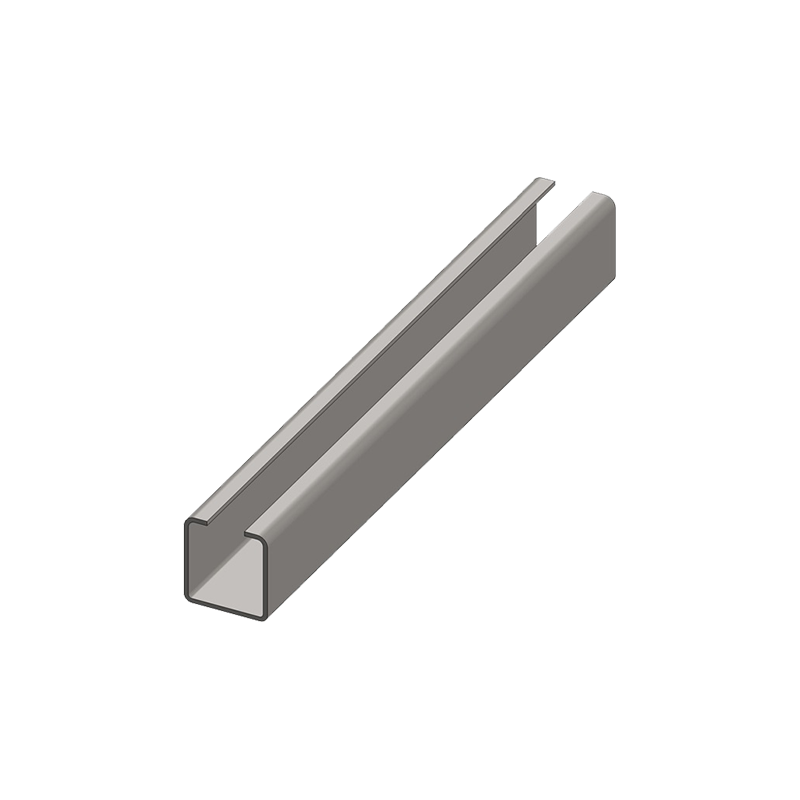
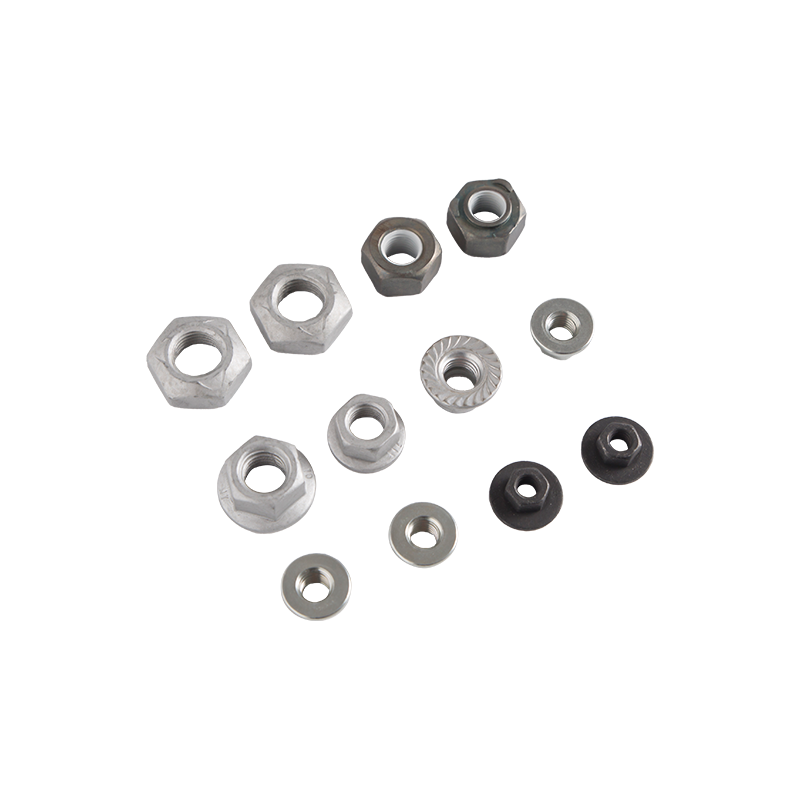
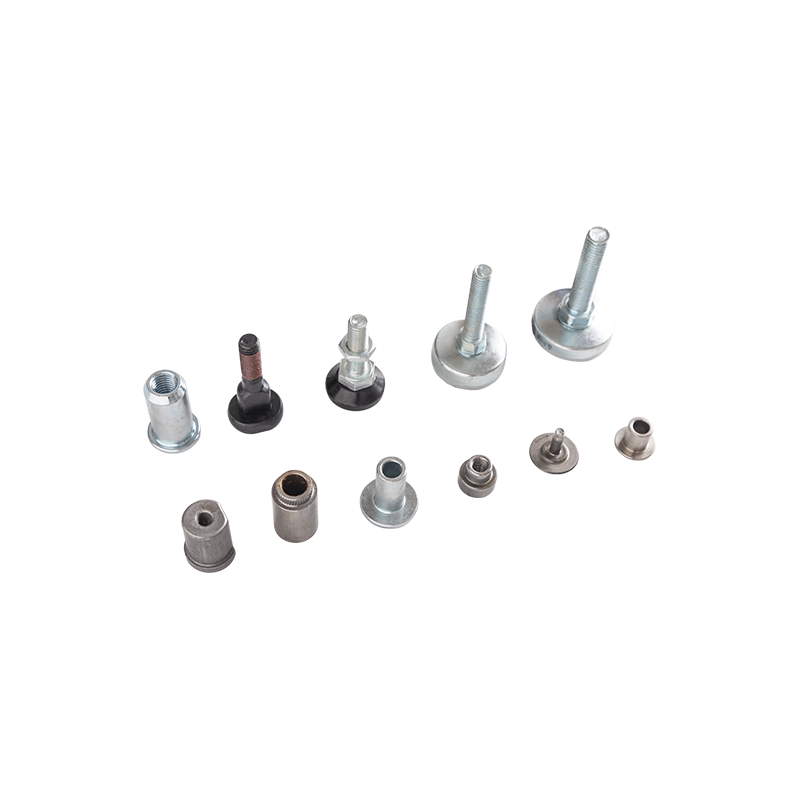
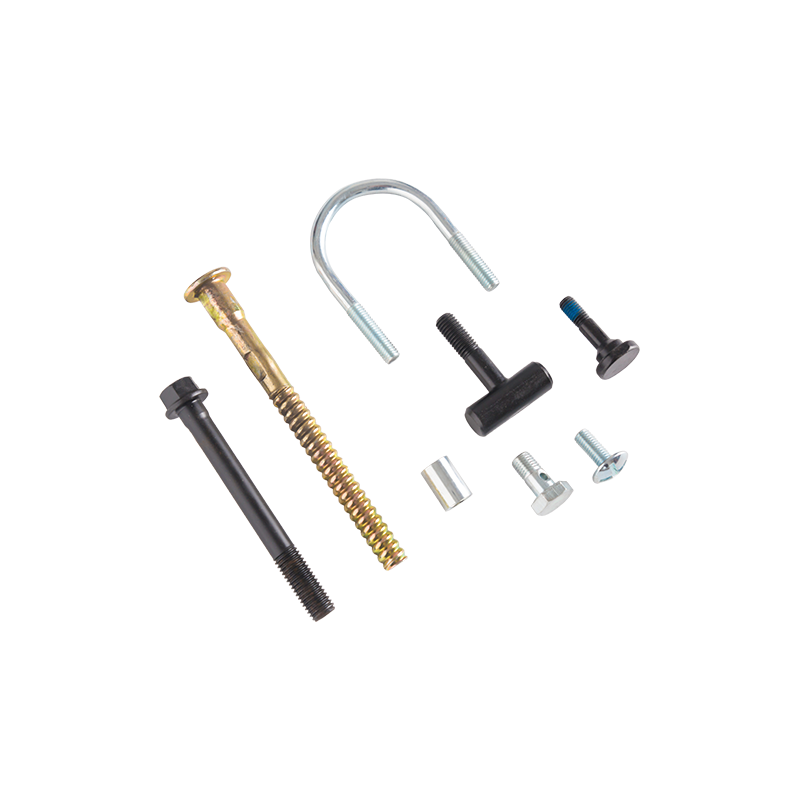
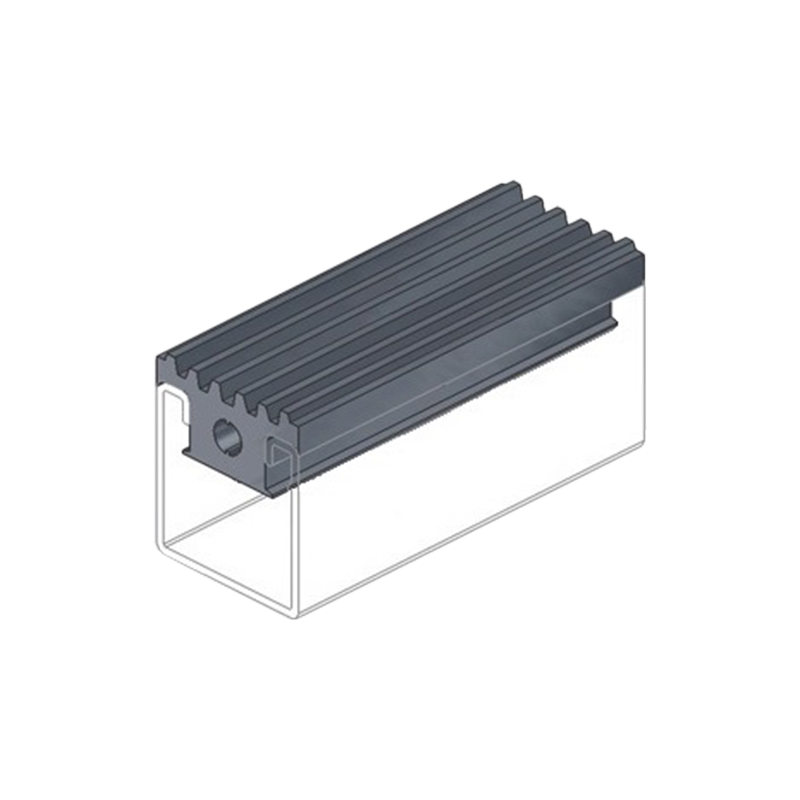
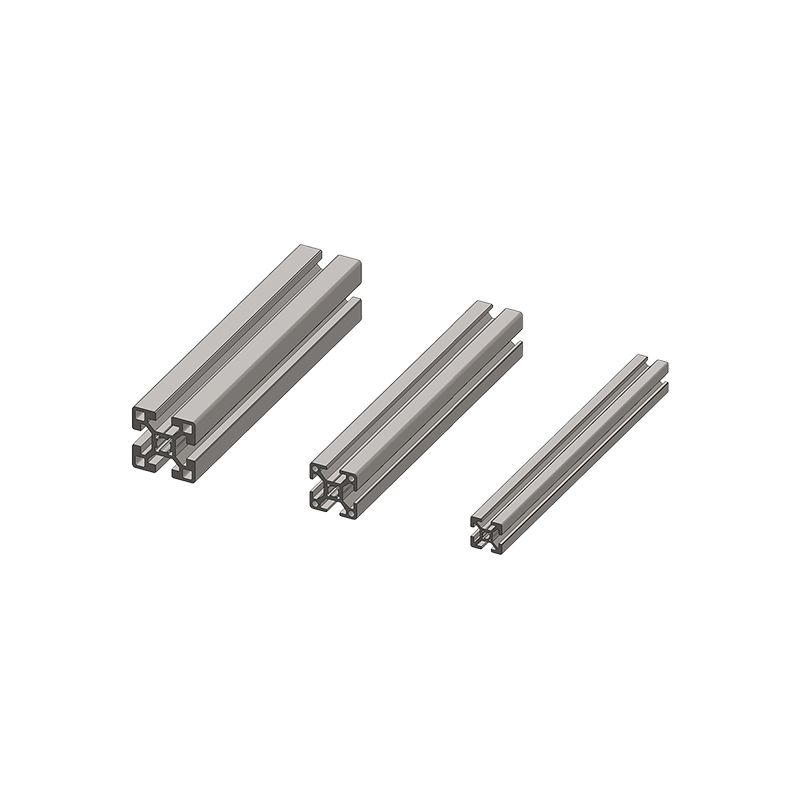
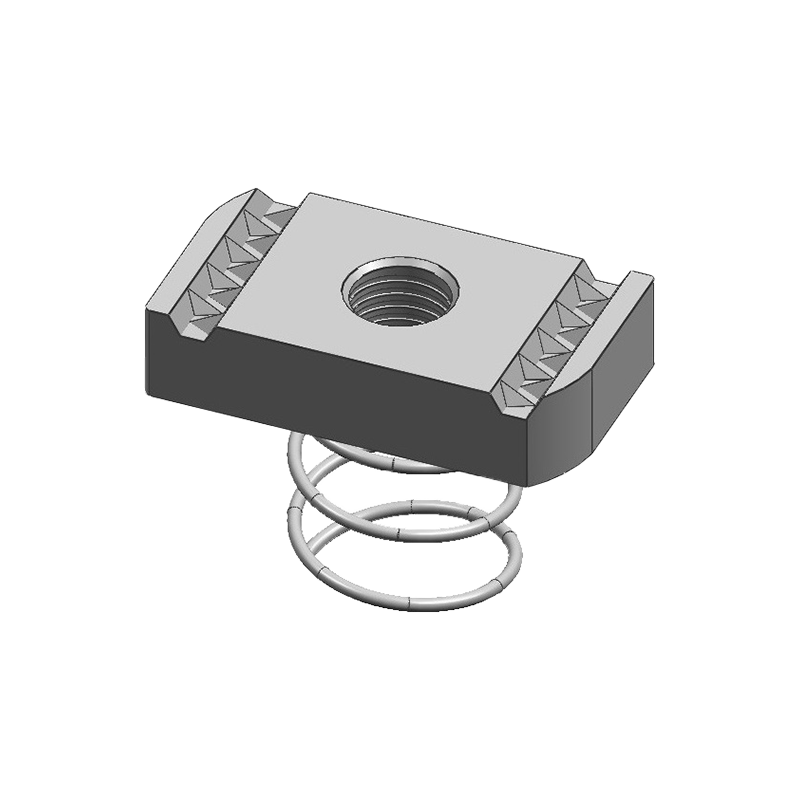
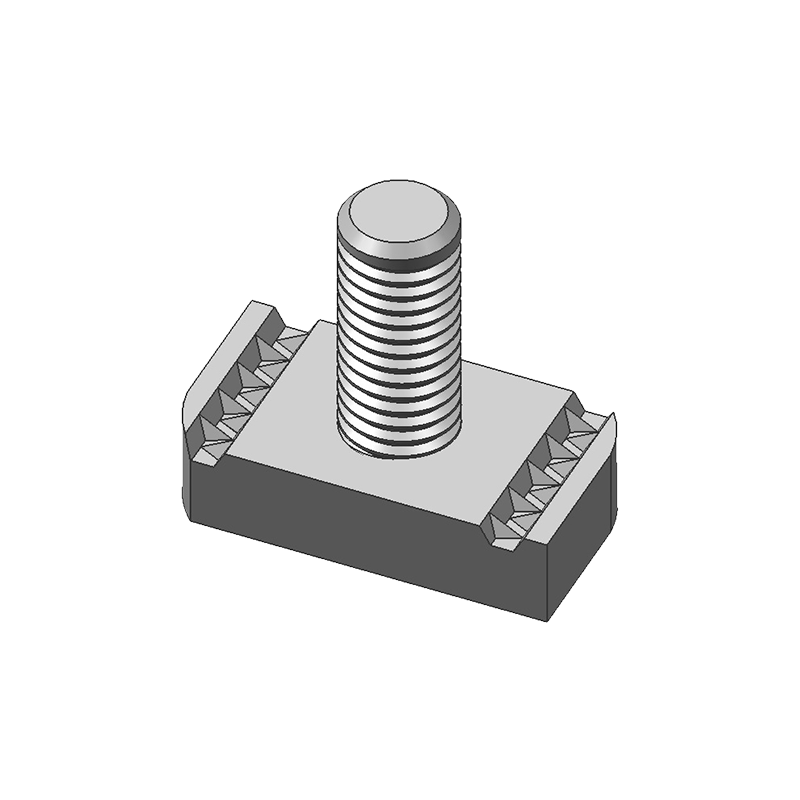
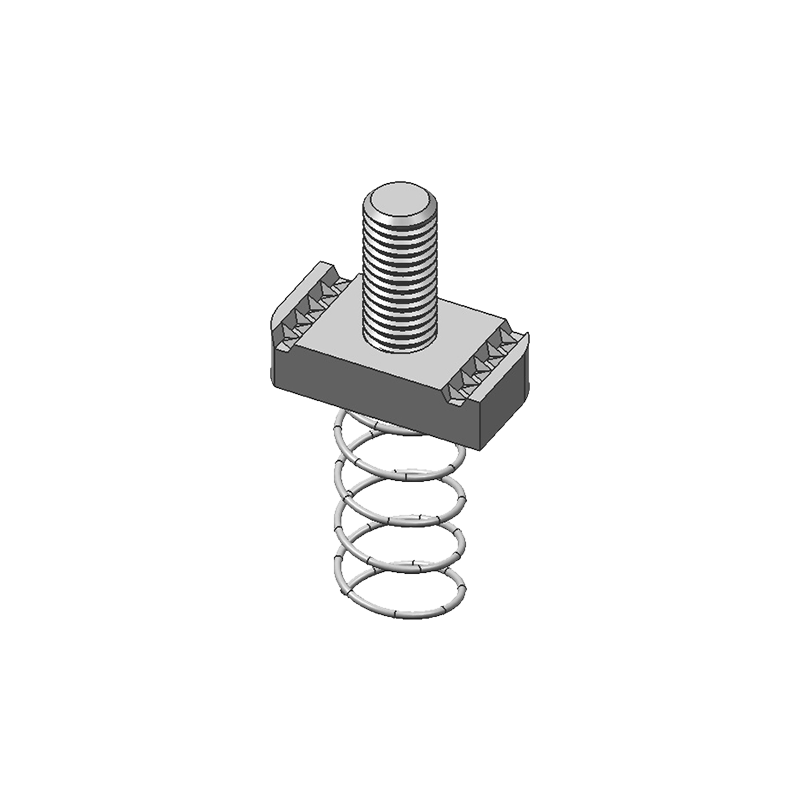
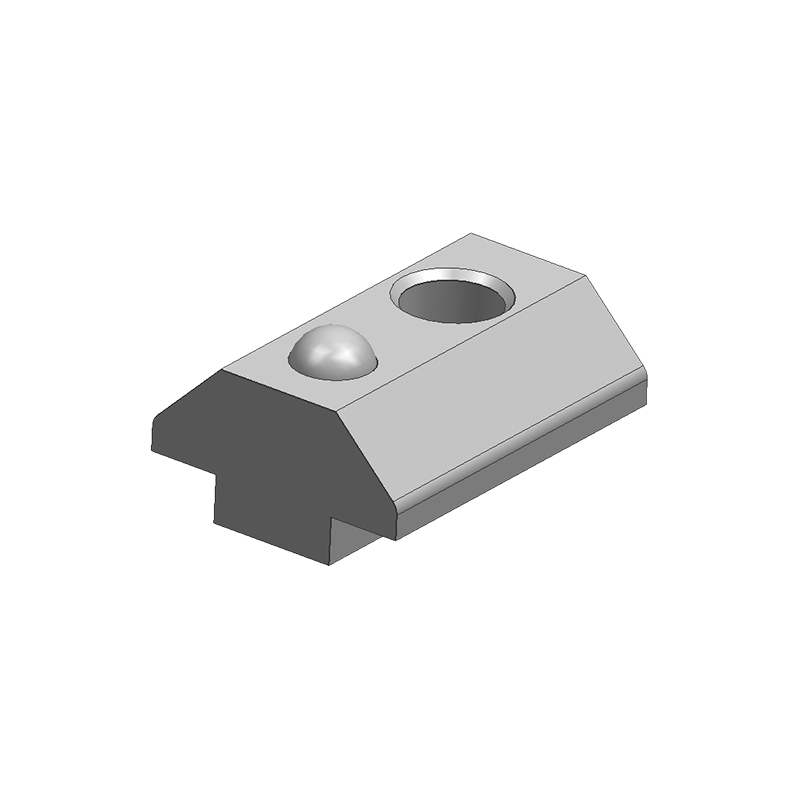
.png)
.png)





